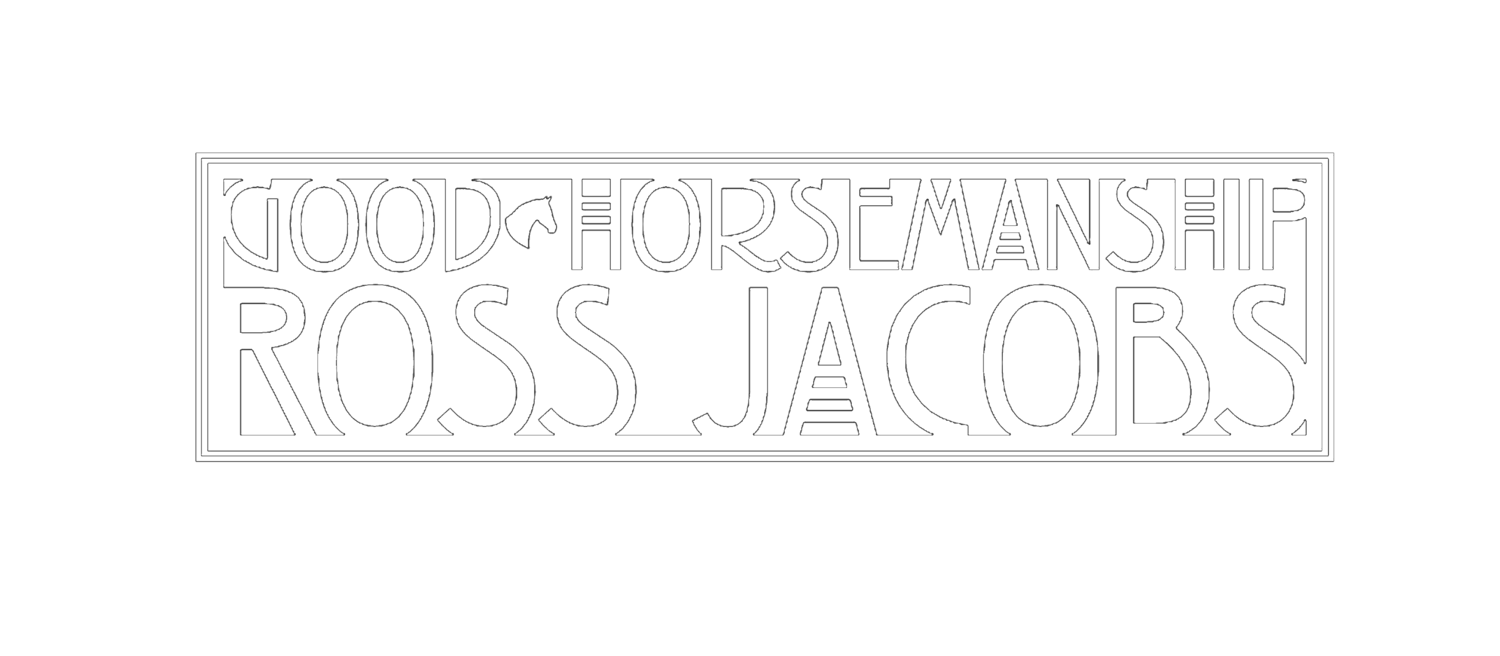THE CHICKEN OR THE EGG
We all know horses can experience physical problems, pain, irritation, discomfort, and other forms of physical trouble. They may even experience physical problems we are not aware of or even consider, like headaches, variations in blood pressure, anaemia, vertigo, etc.
It is not part of most people’s routine to give their horses a thorough physical checkup each day before a ride. The way most people are alerted to a problem is when their horse displays a physical and/or emotional change in behaviour. They notice something different in their horse’s gait, a change in how they were to catch, cranky ears, or a distinct difference in their level of worry. It’s always something physical that sets the alarm bells.
However, rarely is the problem isolated to just the physical issue that alerted us to the problem. Nearly every health problem or physical discomfort is accompanied by a psychological or emotional problem.
For example, my mare Six is prone to ear mites in the summer months. They not only annoy her, but they hurt too. Her inner ears form puss-filled scabs and she sometimes bleeds. Just trying to touch her ears or put a bridle on her starts World War III. But even when the ears mites are gone and her ears are back to good health it takes a week or so to convince her she no longer needs to defend herself against my touch. She holds onto the emotional trauma that the ear mites triggered for several days.
Another common example is when a horse is forced to wear an ill-fitting saddle. We sometimes only learn of the bad fit because our horse unexpectedly blows up in the middle of a ride. We address the saddle fit problem and do everything we can to ensure there is no more pain, yet still some horses will carry a worry that at any moment they will feel a stabbing pain in their back.
Looking at it from the other side, sometimes it is the emotional trouble that leads to physical problems. A horse that carries worry will often show physical expressions of its worry, such a super tight topline and upside down posture. In time, this might create chronic physical pain. We notice the back pain, so we get it treated. But if we ignore the emotional pain the only thing we have achieved is to pay for our equine therapists kids school fees.
My point is that so often (not always, but often) we cannot separate physical health problems from psychological and emotional problems. They are linked and both need to be addressed.
When I have a headache and can’t sleep I get grumpy. Conversely, when I get grumpy and can’t relax I get a headache.
In real life….
Your horse displays obvious signs of health problems, so you get the best medical person you can find to help you. But they know very little about the emotional trouble that accompanies the sore back, lameness, gut ulcers, ear mites, bruised heel, or whatever. Then you ask your local expert trainer for help with your horse’s head tossing, catching, trailer loading, fidgeting when saddled, tying up, etc. However, they have only a superficial understanding of gut ulcers or equine headaches or sub-clinical laminitis. Their expertise is in addressing training issues stemming from poor training and emotional issues, not health problems.
It means the onus is on me to educate myself as much as I can to recognize what is going on with my horse. Being a trainer, I tend to first look at what training and psychological issues may be causing the problem. It’s not that I ignore potential physical issues, it’s just that my ‘go to’ is to first test for emotional and training issues that might explain the behaviour. Likewise, a vet, bodyworker, homeopath, etc will tend towards first diagnosing physical problems with a horse as their first option and only after that will they consider emotional problems as the source of the trouble.
All of that is okay. But I believe we all need to be aware that very easily physical problem can result on emotional problems and emotional problems can be the source of physical health issues. Very often there is a strong correlation between the two and addressing just one of them is sometimes not enough for a horse’s long-term comfort and welfare
I don’t know what is wrong with this horse, but from the photos I would not be surprised if this horse was experiencing both physical and emotional pain.

